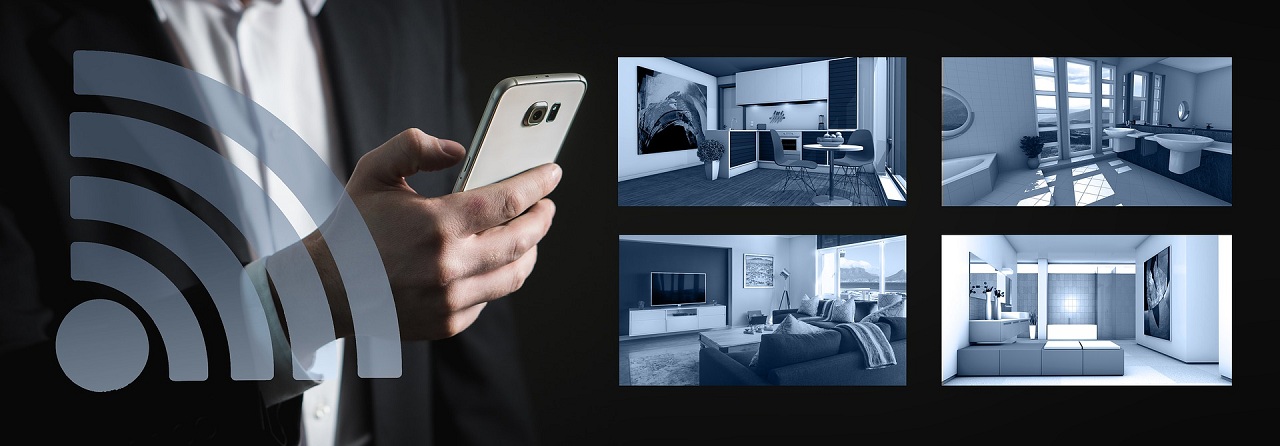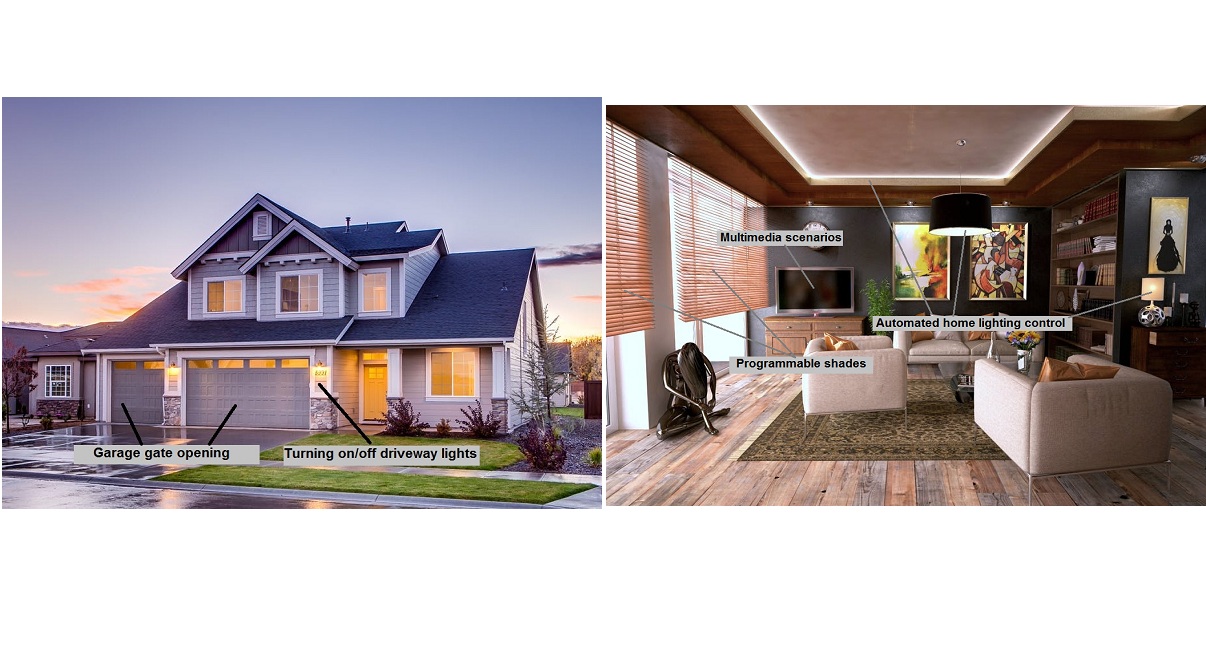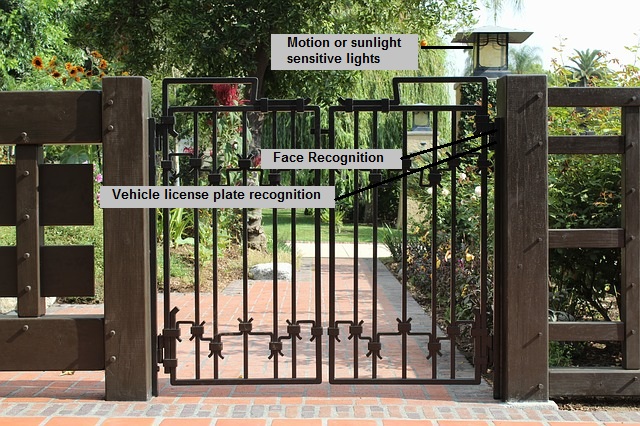Using video surveillance in smart home systems

My computer has suddenly rebooted not giving me a choice to opt out. Maybe it knows that I would certainly opt out as I was doing important work at the moment.
Then, to make it not happen again, I got into the settings to turn this reboot thing off. The prompt appeared asking me to input my active hours when it must not reboot. I was puzzled – you are a computer, you should already know when I’m active. Maybe it doesn’t know me after all.
This reminded me of smart home systems as this is what smart homes are supposed to do – automate maintenance work so as to make life easier without interruptions. In reality, they aren’t, really.
What are smart home systems?
Smart homes are tools and ways to make everyday life easier and more convenient. Upon hearing “a smart home system” most people imagine automated vacuum cleaners and dish washers but that’s not all. Home automation starts from driveway lights turning on automatically when you drive in to the yard. It continues with a light glowing in the keyhole so that you see where to stick the key when locking or unlocking the door. Inside, smart homes provide “better living”: for example, a pre-programmed micro wave oven starts cooking food that you have put inside 30 minutes before you leave the office for home. A robotized thermostat adjusts the heating level if the outside temperature drops. A voice assistant can play your favorite song at your request or turn on a movie you tell it to. Lawn mower is scheduled for working once a week, and many other examples.
Statistics state that 75% of London residents have at least one smart device, – be it a voice assistant like Alexa or smart watch or smart home appliances. The reason for such popularity? Of course it’s their a) convenience and b) affordability.
It sounds amazing but you know what would be even more amazing? If home automation systems could think too. So that the multimedia plays your favorite song when you are sad, not only when you tell it to, or it does not open the gates when an intruder is driving into the territory. This is where information from the smart video surveillance can complement the system making it truly smart.

Making “dumb homes” into “smart homes” with video surveillance
Currently smart homes can only be scheduled to do some tasks, or be triggered by some kind of simple sensors (like adjusting the thermostat in according to the thermometer data) or your actions (like in a motion-sensor soap dispenser).
A truly smart home can do more without requiring actions from your side. For example, it can “read” the host’s face to recognize their mood and adjust the setting accordingly.
Modern video camera systems like those based on Xeoma software are usually thought of as a video security solution only, but are really aiding many spheres by analyzing the camera image.
Thanks to cameras, the smart home system can follow you around the house and turn on TV sets in the room you’re currently in so that you continue watching your favorite show even if you go to the kitchen to grab a snack – with the Motion Detector.

Having a hard day? Let the Emotions Detector send a command to heat up jakuzzi for you. The Emotions Detector can provide the data for the home kit to adjust the background music, lightning setting according to behavior patterns, mood, – or the time of day.

Seeing that you’ve laid down (for example, with the Loitering Detector) a truly smart home system can dimmer lights, lower down the entertainment sound level.
Seeing that you’ve waken up, it can send a command to start brewing your morning coffee, the way you like it.
Safety is video surveillance’s specialty so naturally it’s focus is on making life not just more pleasant but also safer. But nowadays it is a lot more than the scaring-off effect on burglars at the sight of cameras.

License Plates Reading can get the gates opened only in front of whitelisted cars, sending an alarm if an intruder is at the gates. Likewise, Face Recognition can inform you that there is someone unknown in the house, or upon recognizing you, greet you with the personal voice message, pour you a drink, or turn on your favorite news feed on the display while you enjoy your coffee. Besides, the face-recognition-powered video doorbell can let you in automatically.

Sound Events Detector in a video surveillance system can automatically call the police at hearing glass breaking or screams. This virtual panic button can save lives when even a simple cry out “Alexa, call the police” can give away your place of hiding to the intruder in case of danger. Besides, the security service can peek into the cameras upon receiving such request and instantly estimate the need for urgent actions.
These and many other ways that daily routine can be optimized might seem to save just a second of your time, spare you just one action – but millions of seconds and small actions is what our lives actually consist of. You’d be amazed how helpful it is once you start using a truly smart home. Stay rested while your smart home does all that can be done without bothering you.


|
Xeoma video surveillance software offers plentiful smart modules for various smart homes and automation tasks: • “Modbus” controllers (Additional module) for integration with controllers that work through the Modbus protocol (used in smart home systems very often); • GPIO control module for control of sending/receiving signals to GPIO pins in ARM-based micro computers; • Object recognition (weapon detection coming soon) to tell you what kind of objects are in camera’s sight, and react to certain types only; • Recognition of drones intruding on your private territory will do exactly that: detect if there are drones (UAVs) in camera’s filed of view; • Camera-Embedded Detector will get signals from the camera’s sensors or detectors and can send commands to the camera, too; • Smoke Detector, able to detect either smoke or flame, will be a double protection even if you have a sensor based smoke detector. The machine vision will not let you down due to low battery like the device, and when it’s about fire you could never be too safe; • Loitering Detector will detect if someone’s idle walking around the monitored zone. |
Next step: smart homes reading your mind
This fantasy of someone or something predicting your wishes has long been cherished by many sci-fi authors around the world. Wouldn’t it be convenient if the home automation system was intelligent like Jarvis from the Iron Man movie, – or, better yet, if the smarthome brains were a copy of yours like in one of the Black Mirror episodes? Well, with the path that Artificial Intelligence technologies advance, it would be no wonder if video camera systems evolve into an intelligent version of today’s itself, at least. They do get smarter every day.

|
Read also: Smart Home Integration with Xeoma |
December, 1 2020
Read also:
The wonders of video analytics in Xeoma video surveillance software (PDF)
Home automation with Xeoma
Xeoma’s AI-based neural networks-powered Additional modules